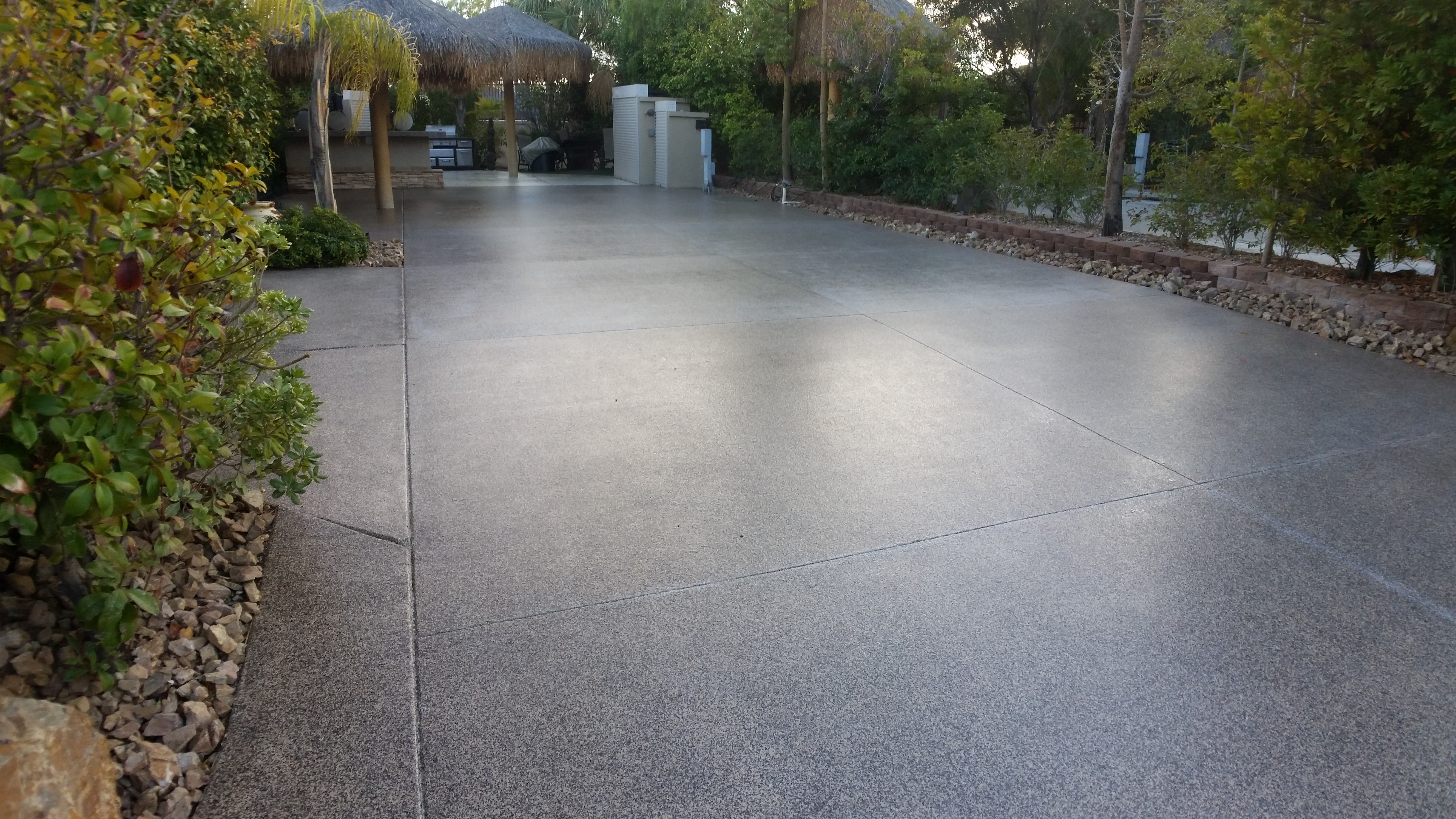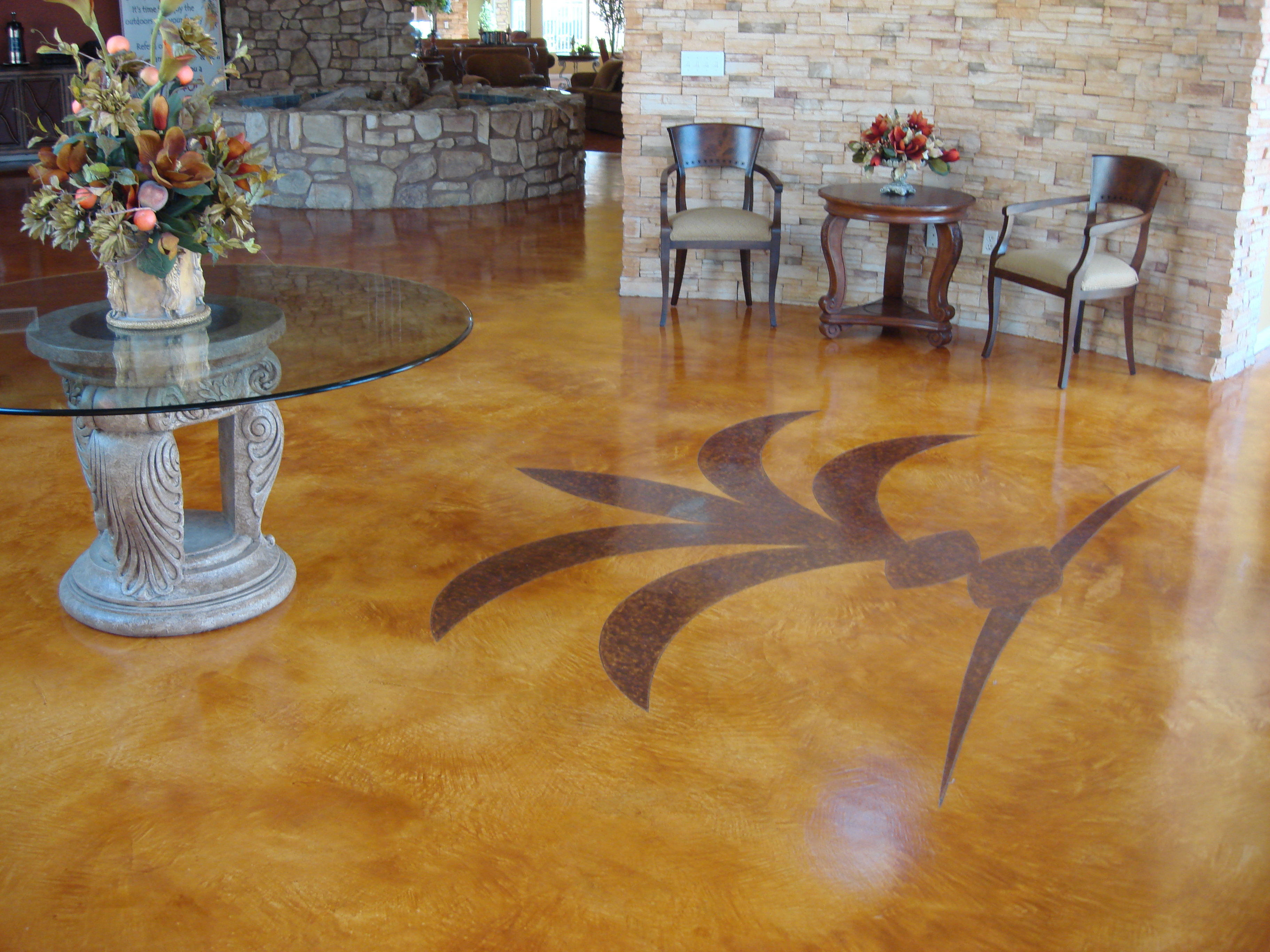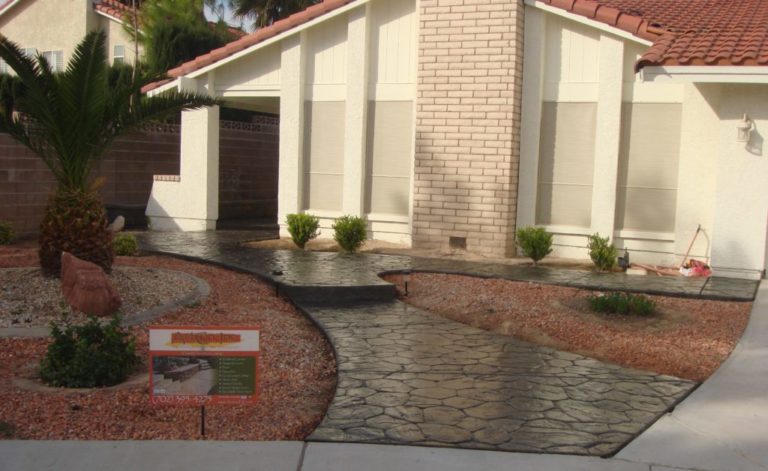
WHY SHOULD STAMPED CONCRETE BE SEALED?


Although stamped concrete can last over twenty years when properly installed and maintained, they can last considerably longer with the use of professional sealing techniques. The sealer acts as a protective layer against the destructive […]

Smart consumers always look for great value in every product they select and take home. When it comes to construction projects, the most durable, long-lasting materials always count. After all, making your living space more […]

Stamped concrete is becoming more popular. Its benefits are clear to those who choose it for their homes and workspaces. One major purpose for having stamped concrete is to correct certain problems in your property. […]
Copyright © 2025 | MH Magazine WordPress Theme by MH Themes

It is essential for owners to seal their concrete upon installation or once every few years to ensure maximum quality. Additional slip-resistance may be selected for your concrete, but this is usually not required since the concrete is already textured. You can choose from vibrant hues and glossy overlays as preferred. Owners can select from a wide range of gloss levels. If necessary, choosing a tint to your sealer can really bring out the color of your concrete and prevent a build-up of whitish residue in a process known as efflorescence.
People living in colder parts of the world can also benefit from a sealer as they reduce damage from cold weather, which usually arise in the form of freeze thaw damage. This phenomenon causes cracks on the surface and destroys layers, leading to water leaks. Sealing will prevent water from entering any cracks found on the concrete. But remember, the greater the traffic upon your concrete, the greater the necessity of resealing it.
Sealers will improve the look and durability of your stamped concrete. Always ensure that the hired professional who does the sealing, chooses the appropriate materials for each project. For example, a poolside service might require anti-slip elements, also, outdoor concrete should be treated with sealers that promote “breathability” to allow air and moisture to pass through. The entire process usually takes about a 27 days to a month for newly stamped concrete.